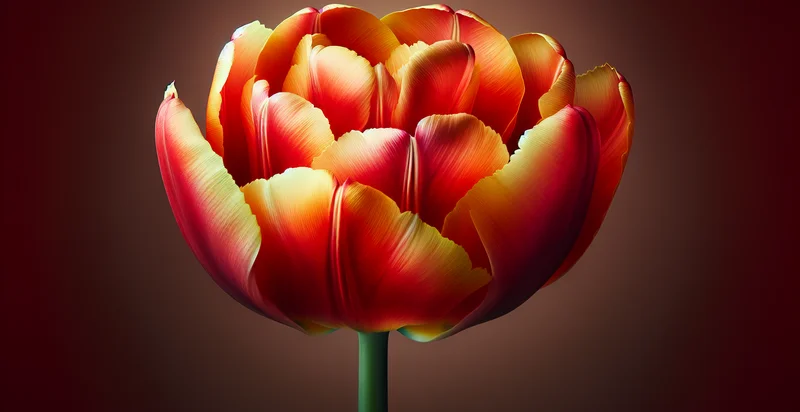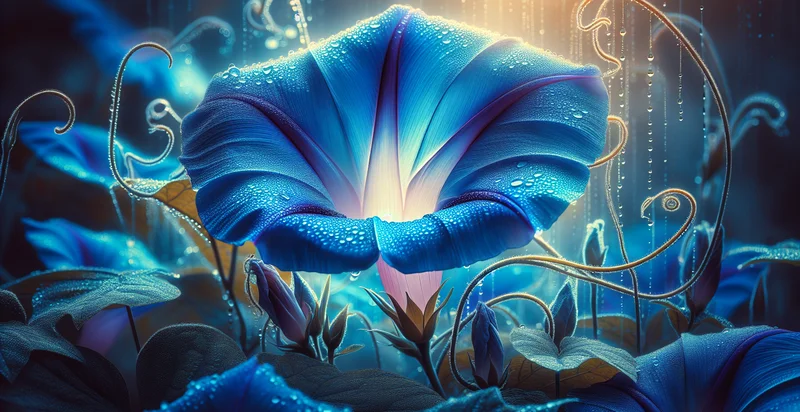Identify is this a tulip
using AI
Below is a free classifier to identify is this a tulip. Just upload your image, and our AI will predict if it's a tulip - in just seconds.

Contact us for API access
Or, use Nyckel to build highly-accurate custom classifiers in just minutes. No PhD required.
Get started
import nyckel
credentials = nyckel.Credentials("YOUR_CLIENT_ID", "YOUR_CLIENT_SECRET")
nyckel.invoke("is-this-a-tulip", "your_image_url", credentials)
fetch('https://www.nyckel.com/v1/functions/is-this-a-tulip/invoke', {
method: 'POST',
headers: {
'Authorization': 'Bearer ' + 'YOUR_BEARER_TOKEN',
'Content-Type': 'application/json',
},
body: JSON.stringify(
{"data": "your_image_url"}
)
})
.then(response => response.json())
.then(data => console.log(data));
curl -X POST \
-H "Content-Type: application/json" \
-H "Authorization: Bearer YOUR_BEARER_TOKEN" \
-d '{"data": "your_image_url"}' \
https://www.nyckel.com/v1/functions/is-this-a-tulip/invoke
How this classifier works
To start, upload your image. Our AI tool will then predict if it's a tulip.
This pretrained image model uses a Nyckel-created dataset and has 2 labels, including Is A Tulip and Is Not A Tulip.
We'll also show a confidence score (the higher the number, the more confident the AI model is around if it's a tulip).
Whether you're just curious or building is this a tulip detection into your application, we hope our classifier proves helpful.
Related Classifiers
Need to identify is this a tulip at scale?
Get API or Zapier access to this classifier for free. It's perfect for:
- Botanical Research: Researchers can utilize the "is this a tulip" identifier to classify and catalog various tulip species within their studies. This functionality aids in biodiversity assessments and helps in understanding the ecological roles of these flowers.
- Agricultural Monitoring: Farmers and agricultural consultants can leverage this tool to monitor tulip crops for health and pest issues. By accurately identifying tulips, they can implement targeted interventions and improve yield management.
- Landscaping Design: Landscape architects can use the tulip identification function to curate designs that highlight tulip varieties for aesthetic or seasonal displays. This ensures that the chosen plants fit the environmental conditions and design vision of their projects.
- E-commerce Flower Sales: Online flower retailers can employ this identifier to automate the classification of tulip products listed on their platforms. This enhances the customer shopping experience by providing accurate product categorization and recommendations.
- Educational Tools: Schools and educational institutions can incorporate the tulip identification feature into botanical education programs. This aids students in learning plant identification skills and fosters a greater appreciation for plant diversity.
- Gardening Apps: Garden enthusiasts can integrate the "is this a tulip" functionality into mobile gardening applications for personal use. This allows users to quickly identify tulips in their gardens, offering care tips and planting advice based on specific species identified.
- Event Planning: Event planners can use the tulip classification tool to select appropriate floral arrangements for events, ensuring they use the desired tulip varieties. This helps in creating visually appealing displays that align with the themes of weddings, parties, and corporate events.


